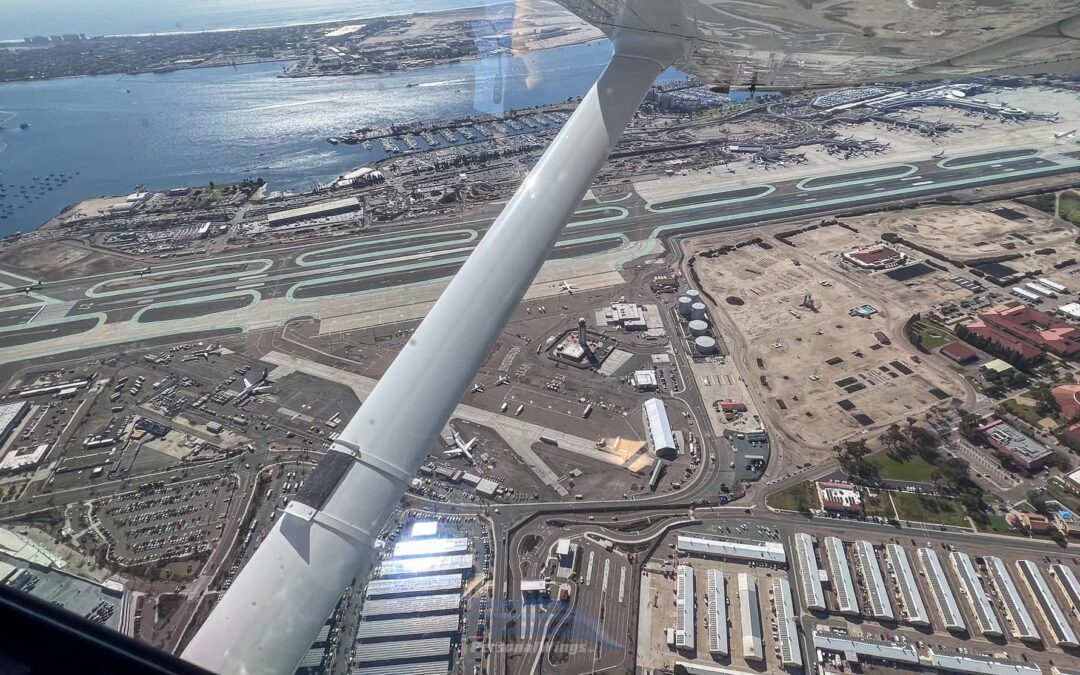Taxiway Delta Transition & San Diego Bay Tour Flight
The Taxiway Delta Transition offers one of the most scenic flight routes over downtown San Diego and the harbor. Follow these guidelines to ensure a smooth flight and maintain this privilege for all pilots.
Be sure to also read Erich Moulder's extensive write up of this flight.
Preparation at Montgomery Field (MYF)
- Inform Ground Control (118.225): When calling for taxi, mention your intent for the "Taxiway Delta Transition." Ground Control will check for any restrictions and will provide a discrete transponder code.
- Coordinate with Lindbergh Tower: MYF Ground will coordinate with Lindbergh Tower, which typically assigns a 02xx transponder code.
- KSAN Tower (118.3) in Standby: Put 118.3 in standby so you can easily switch after MYF frequency change to state intentions.
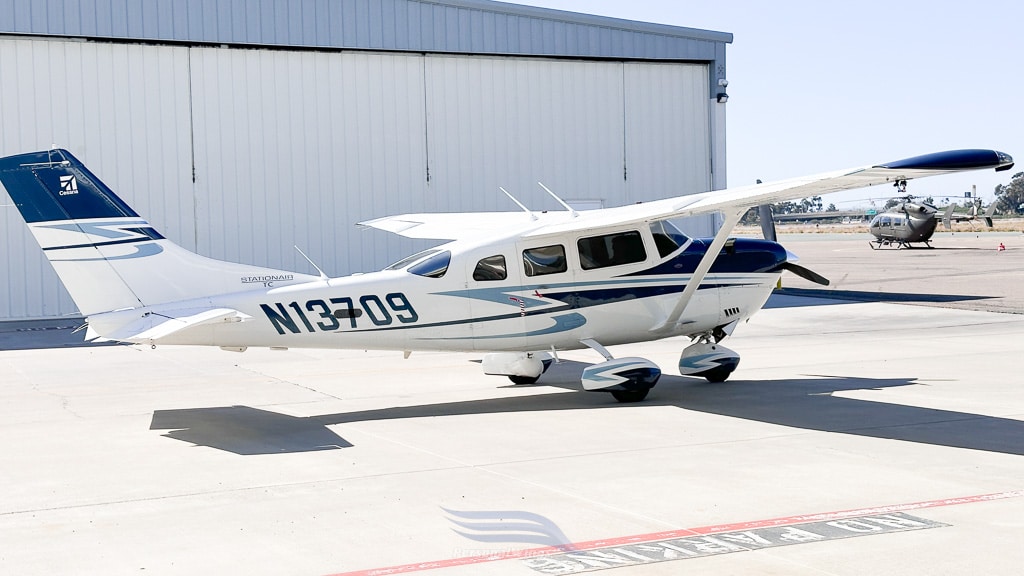
Departure from MYF
- Notify Tower (119.2 or 125.7): Remind MYF Tower of your Taxiway Delta Transition plan on departure when ready for takeoff.
- Climb and Contact Lindbergh: After takeoff, climb to 1500 feet, head towards Mission Bay VOR, and contact Lindbergh (San Diego International) Tower once frequency change is approved or outside MYF's Class Delta, but don't enter the SFC-10,000' MSL Class Bravo shelf without SAN clearance!
- Be Concise and Advice of Plans: Keep radio chatter to a minimum and be concise! Know your plan of action and share it when requested.
Example Communication with SAN Tower
- Pilot: “Lindbergh Tower, [Callsign], 1,500 feet, 2 miles NE of Mission Bay VOR for the Taxiway Delta Transition.”
- Tower: “[Callsign], squawk 02xx and ident.”
- Pilot: “Squawk 02xx and ident, [Callsign].”
- Tower: “[Callsign], radar contact, cleared into the Class Bravo, maintain 1,500 feet and overfly Taxiway Delta. Advise intentions” They may ask if you're familiar with the transition or may give you a different altitude.
- Pilot: "Fly over the Bay Bridge, make a 180, and fly through the harbor, [Callsign]."
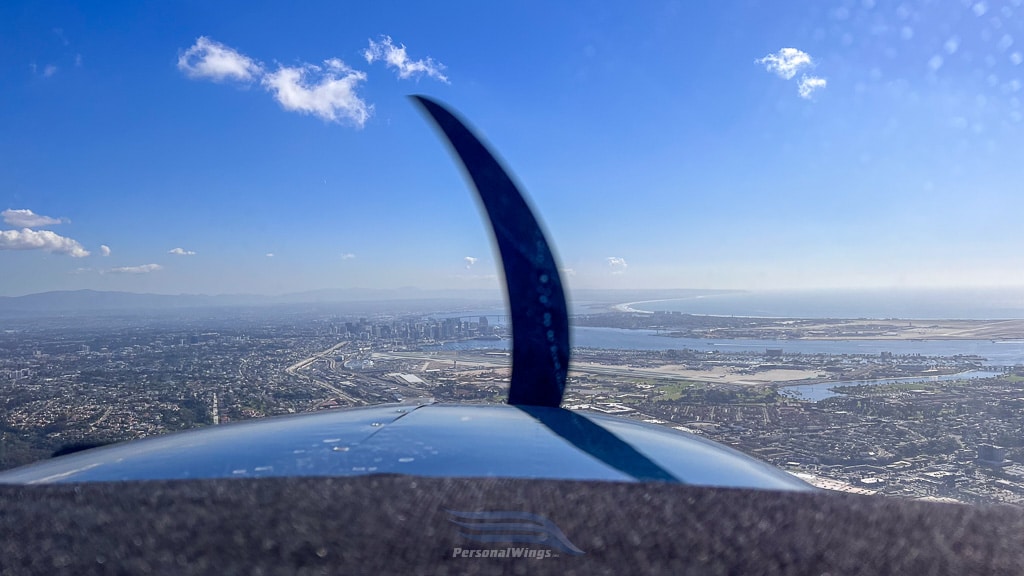
Flight Over Airport, Downtown & Bay
- Maintain Altitude: Fly directly over the Mission Bay VOR at 1500 feet (unless otherwise instructed) and fly over the SAN runway above or just over or slightly east of Taxiway Delta (this is basically right over the touchdown zone for runway 27. If landing east, you may be directed elsewhere – or not at all!).
- Follow Instructions: Be prepared to adjust altitude based on Tower instructions and report visual contact with traffic promptly.
- Stay Over the Water: While I haven't been called out for flying over downtown, it's best practice to fly over the harbor once past KSAN. Lindberg Tower will also kick you out of Class Bravo pretty soon, so be sure to squawk VFR and follow any instructions.
- Get North Island Tower (135.1) in Standby: This makes for an easy call once you're heading back north after the bay 180° turn.
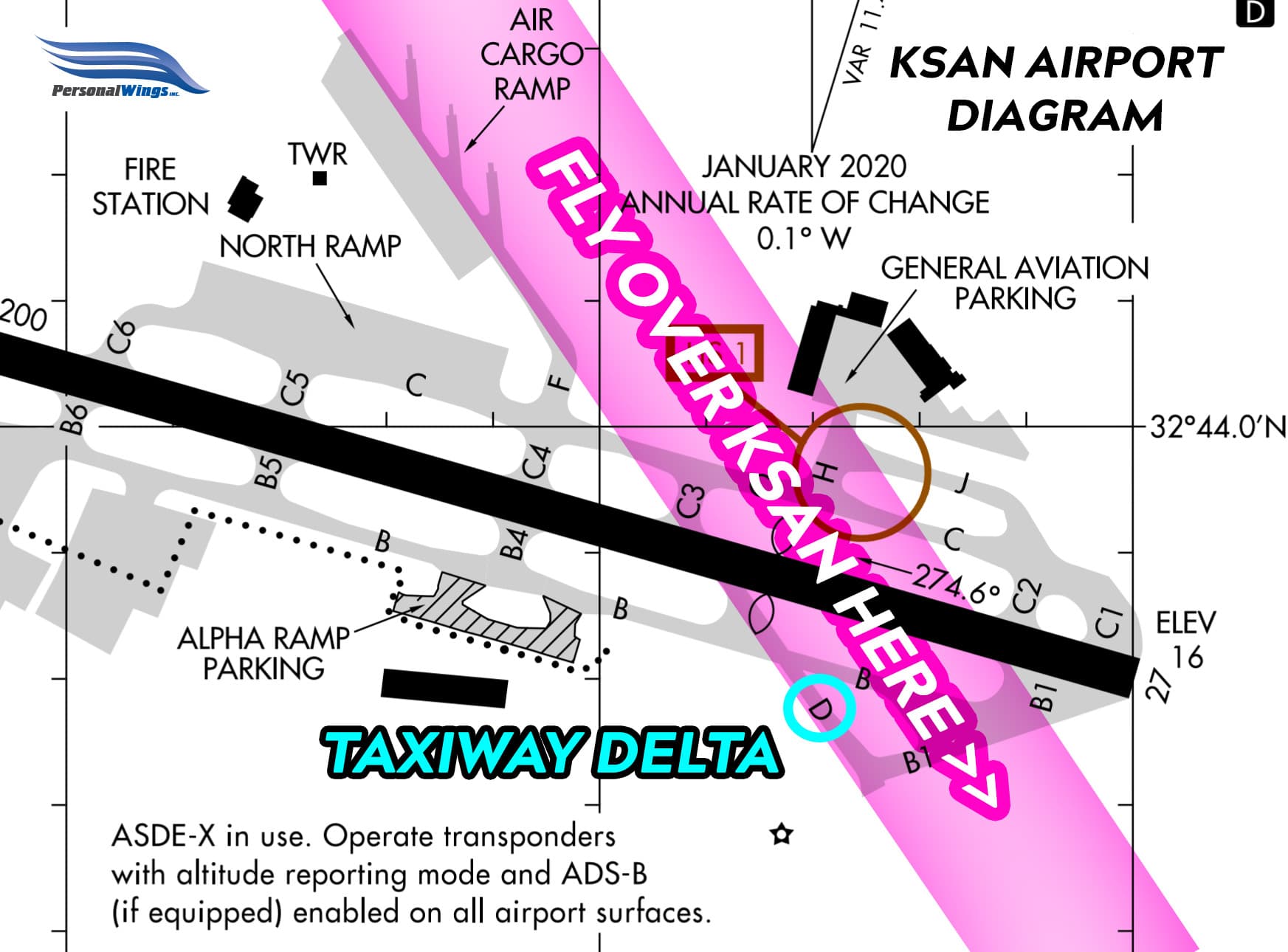
Flying North
- Descend: You'll likely get 800' or even 500' once you talk to North Island, so it's best to do a descent to 1,000' MSL in your 180° turn north.
- Military Sensitivity: Lots of military and sensitive projects are in the various harbors. Keep them chill and aim to stay over the water and give a wide berth.
Communication with North Island Tower
- Pilot: “Island Tower, [Callsign], 1,500 feet south of the Delta, VFR Request.”
- Tower: “[Callsign], cleared through the Bravo, make your transition at 800 feet, report Point Loma.”
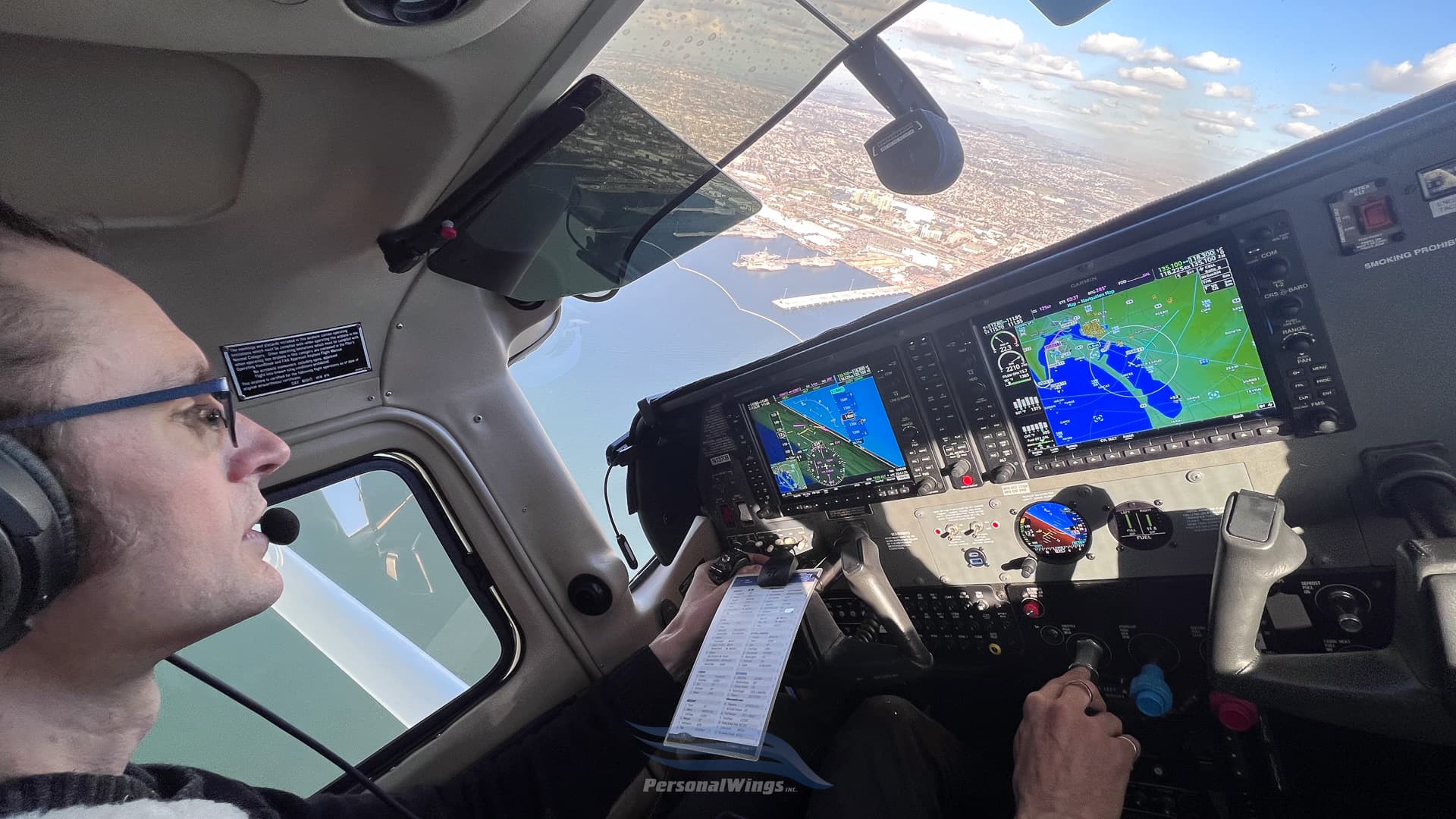
Northbound Shoreline Transition
- Enjoy the Views!: One of the best parts of the tour, fly over the water while being alert for general aviation and military aircraft. You'll get lots of cool sightings if lucky. Follow the water towards Point Loma.
- Descend and Contact Lindbergh: As you round Point Loma, descend to 500 feet and contact Lindbergh Tower for the northbound shoreline transition. Don't go lower than 300' unless you want a bird strike!
- Report Visual Landmarks: Report passing Crystal Pier and maintain visual separation from other aircraft while also being conscious of not overflying Oceanside Pier, surfers or beach goers.
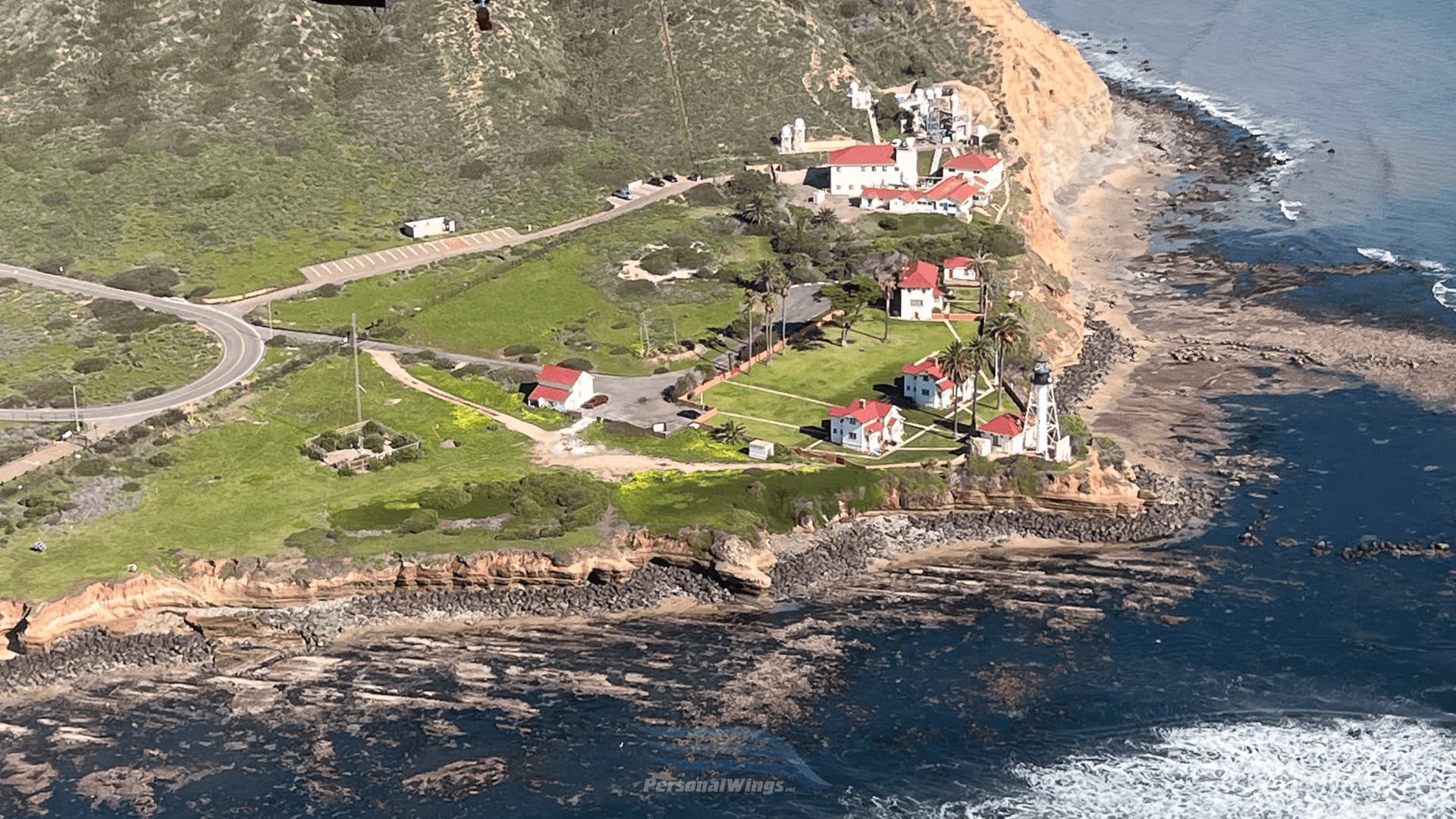
Safety and Etiquette
- Maintain Separation: Keep a minimum of 500 feet lateral distance from people, piers, or ships.
- Emergency Procedures: In case of engine issues, head directly back to MYF or use North Island or Lindbergh Field as emergency alternatives.
Final Tips
- Professionalism: Maintain clear and professional communication with ATC to ensure the route remains open.
- Safety First: Always prioritize safety and follow all ATC instructions carefully.

Tigre Pickett
CE525S / Commercial Pilot / AGI IGI
Tigre's airtime began when his mother achieved her Private Pilot's License eight-months pregnant with him. Since then, he's learned to fly with his father, Rich Pickett, and now works with him as Chief Co-Pilot and Creative Director for Personal Wings.
After working in a variety of other industries, Tigre recently set his sights on becoming a professional pilot and within seven months achieved his first jet type rating in the Citation 525 series aircraft and now flies two Citations under Part 91.
A father, husband, and all around talented man, Tigre is excited to see all of his family achieve their wings!
